Resistance Bands
Resistance bands and tubes are a great alternative to weights, especially if you are new to resistance training or want to add some variety to your workouts. They can also be used for stretching and rehab exercises.
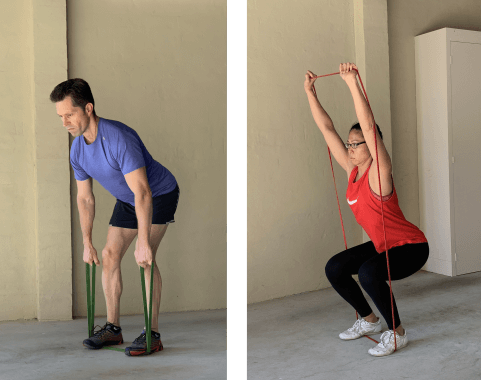
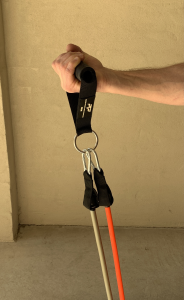
They are inexpensive, user-friendly, and convenient, especially when travelling. They are also lightweight and hardly take up any space.
These multi-purpose exercise tools come in different resistance levels depending on their lengths, widths and thicknesses - light, medium, heavy, and extra heavy. In addition, most of them are colour-coded, indicating their resistance level.
Bands and tubes can also be stacked to provide a level of progressive resistance.
Advantages of resistance bands and tubes
They help to maintain time under tension
When performing an exercise using a band or tube, there is constant tension throughout the movement of the exercise. This is because the exercise's concentric (lifting) and eccentric (lowering) parts have a resistance that forces you to perform an exercise with better control and range of motion.
Some people tend to neglect the eccentric part of the movement. For example, while performing a barbell arm curl, some people would lift the weight explosively and then let gravity take over, lowering the weight faster without maintaining tension.
Maintaining time under tension helps to maximise strength, build muscle, and build muscle endurance.
Variable resistance
The more you stretch the band, the harder the exercise becomes. In contrast, the resistance is the same with a dumbbell throughout the entire movement.
Resistance in multiple directions
Free weights work in one direction, the vertical up and down direction resisting gravity. In contrast, bands and tubes provide resistance in all directions.
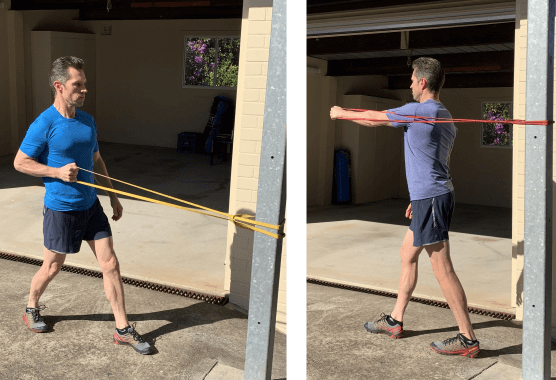
For example, you can only work the chest muscles with free weights by lying down and pressing the weight up against gravity. In contrast, you can perform a chest press in a horizontal plane while standing with a band or tube.
They help to build the small muscle groups
It's the perfect exercise tool to train the small muscles that support the big muscles to help you make those muscles bigger. For example, a band pull-apart helps strengthen the smaller muscles at the back of the shoulders.
Resistance bands
Resistance bands are flat shaped and wrap easily around your hands and body, making them comfortable enough to use. There are many different types of bands, such as:
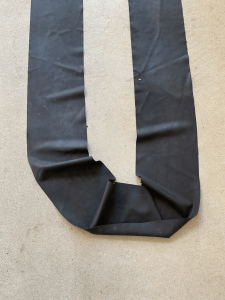
The thinner and broader variety like the TheraBand can help rehabilitate injuries and light resistance training.
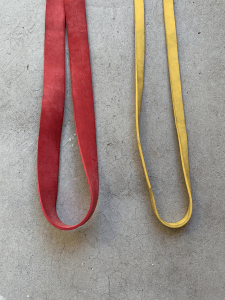
The thicker and narrower closed-loop bands are used for resistance training or can be combined with other equipment to increase the resistance or difficulty of an exercise, uniquely the eccentric (lowering) part of the movement. These bands can also assist with specific exercises like a pull-up.
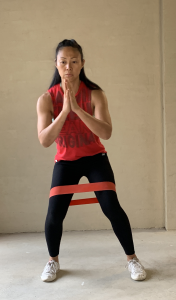
Then you have the smaller or shorter closed-loop bands that can help with increasing strength, stability, rehab exercises and help with limb alignment. These bands are great for lateral (side-to-side) movement exercises.
Resistance tubes
Resistance tubes are circular rubber tubes with handles. The resistance depends on the thickness of the rubber tube, the thicker the tube, the more resistance. In addition, the handles provide a more comfortable grip making it easier to perform a range of exercises.
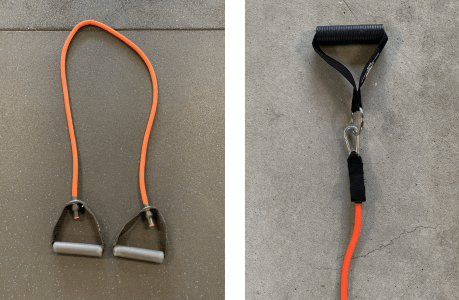
There are two varieties of tubes, one with permanently attached handles and one with a carabiner type clip to attach the handle. This type can easily be stacked to provide more resistance. They also come with other attachments, including an ankle strap and door anchor.
Which is better, the band or tube, and how much resistance should I use?
It depends on what you are using them for, what exercises you are doing and how experienced you are with resistance training.
Suppose you are a beginner or have never used a resistance band or tube before. In that case, I recommend getting yourself a combination of three different resistance levels (light, medium and heavy), as some exercises require more resistance than others.
To start with, both the tubes and longer closed-loop bands will be fine. The tubes are slightly more comfortable to use because of the handles and other attachments. That said, we prefer using the bands because of their versatility, and they also combine effortlessly with other equipment.